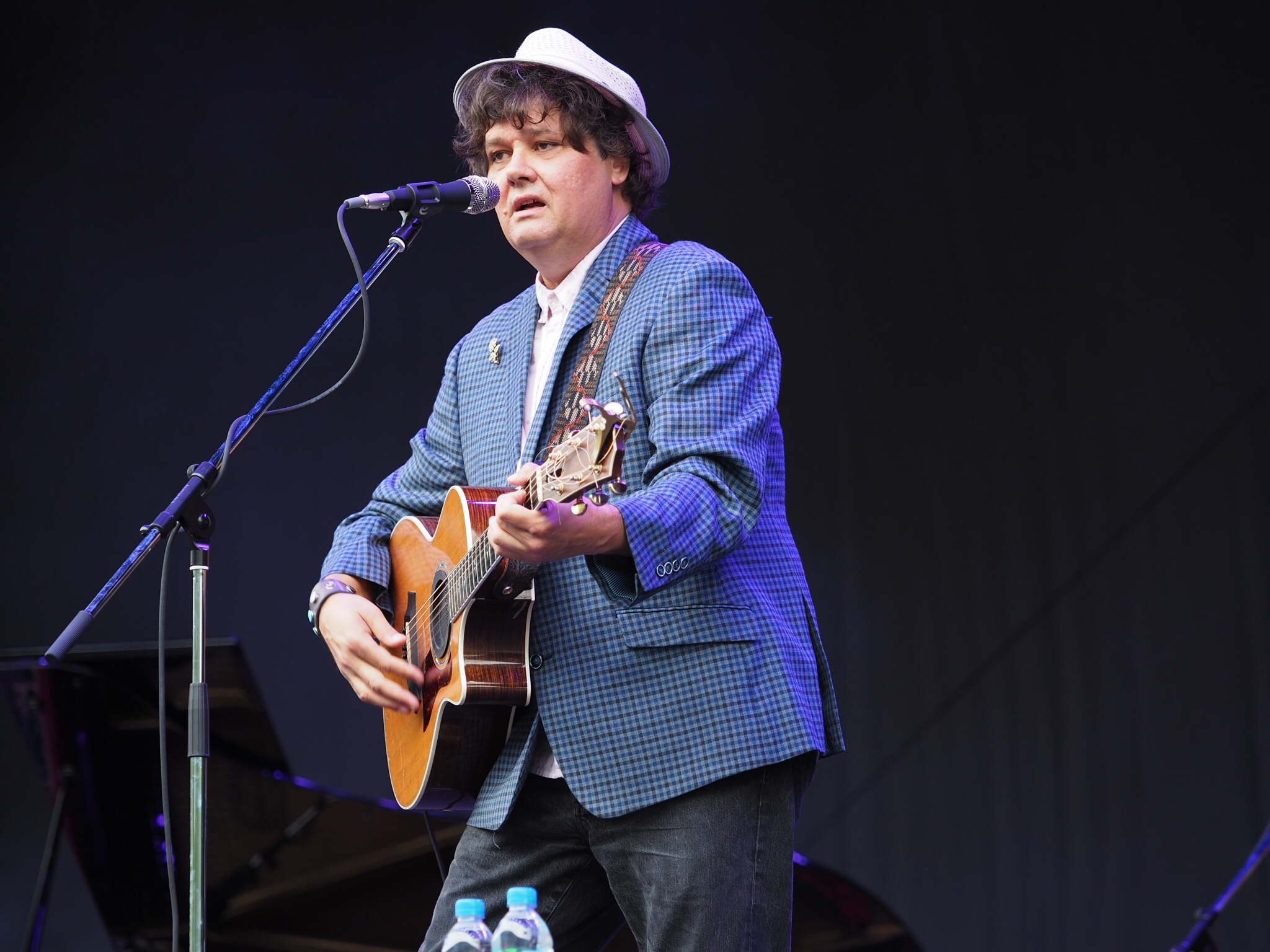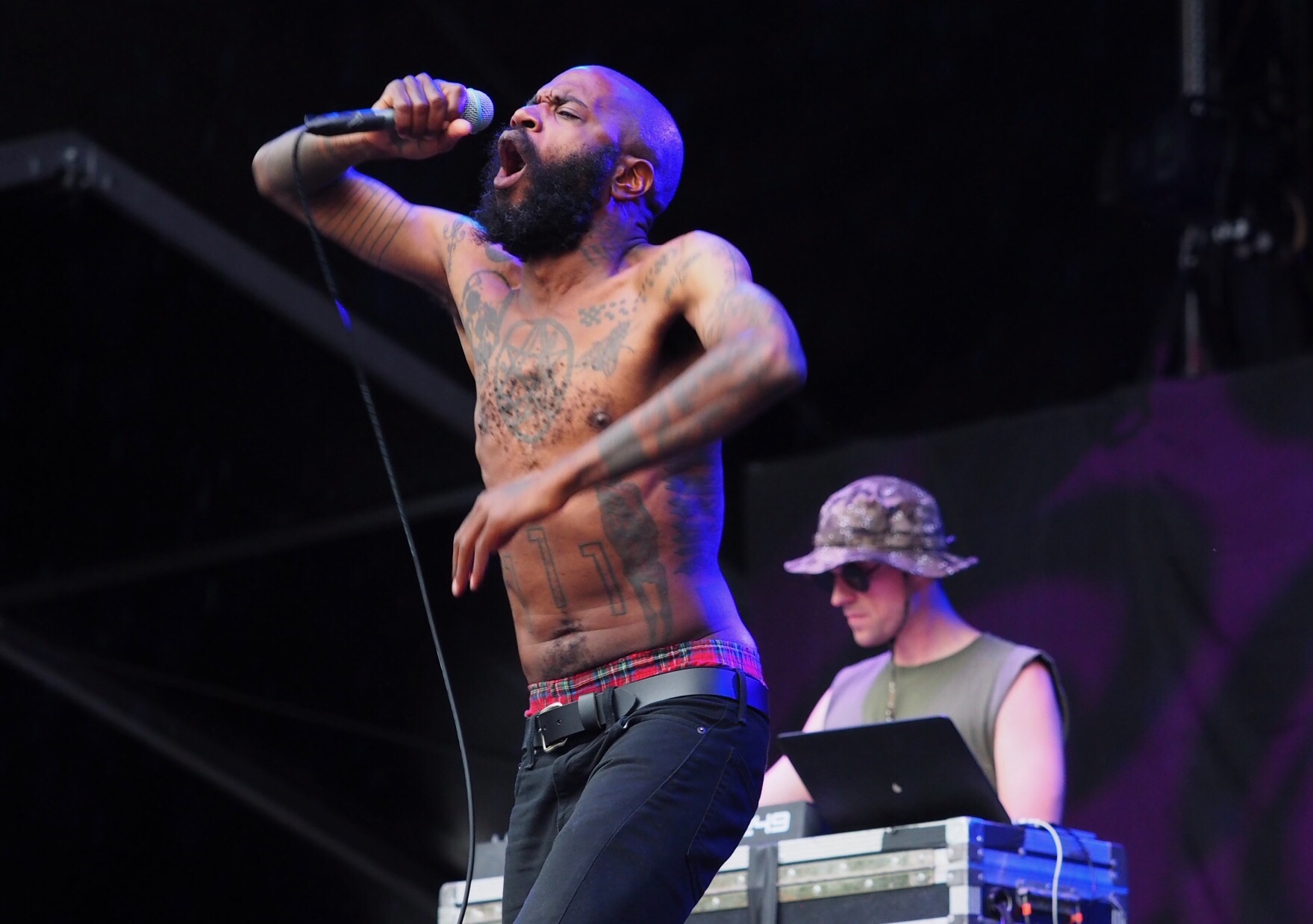Piping it in

The 2019 Fuji Rock Festival officially kicked off at 8 p.m. on Thursday night with the big fireworks display. Up until that point it was the usual fare: bon odori followed by a lottery drawing. The folks on hand could attend for free, because that’s the way Fuji rolls on the night before the actual festival starts. It’s supposed to be a celebration in appreciation of the local folks, but over the years it’s turned into something much different. It’s essentially a show of commitment by the Fuji Faithful, those who show up year after year regardless of the headliners or the weather. And this year, the faithful showed up in force. By the time the fireworks started, you could hardly move.
Part of the problem, if you can call it that, was that people to the north of the main platform were exercising their right to sit, in camp chairs, a situation that’s becoming increasingly dense during the festival, but was practically unheard of during the prefest party in the past. Consequently, the line around the food court moved at a snail’s pace. At least people stood up when the fireworks went off.

Of course, everybody moved over to the Red Marquee when the first of the evening’s live acts, the Red Hot Chilli Pipers, did their half hour set. The band, which is essentially an earnest cover band with bagpipers for novelty effect, captivated the audience completely. All bands who deign to play the opening slot at the prefest party are undeniable hits, because those who show up are raring to go; ready to party, and probably drunk enough to make good on that claim. Realistically, it was almost impossible to get even into the tent, the place was so packed. The repertoire was predictable: Journey, Queen, Deep Purple riffs. But with bagpipes substituting for classic guitar lines, how could anyone resist?

And then it finally started raining, though no one seemed to mind, and not just because the majority of punters were inside the tent. “Don’t Stop Believing” and “We Will Rock You” are pretty bullet proof songs, even on bagpipes. Or maybe I should say water proof?
It promises to be a great weekend.



























